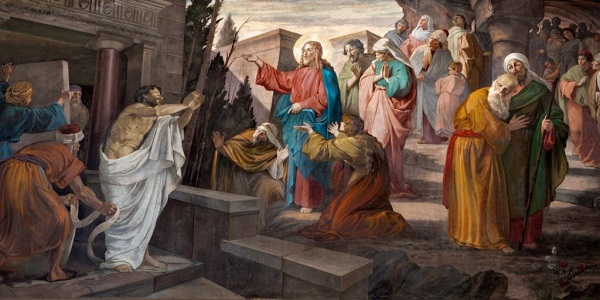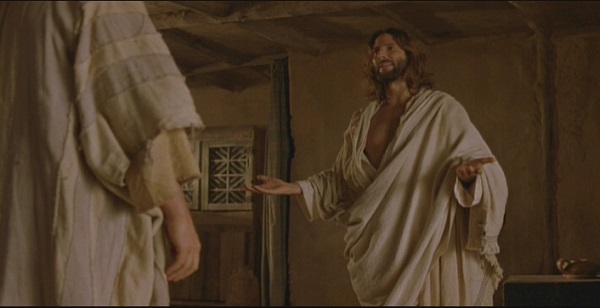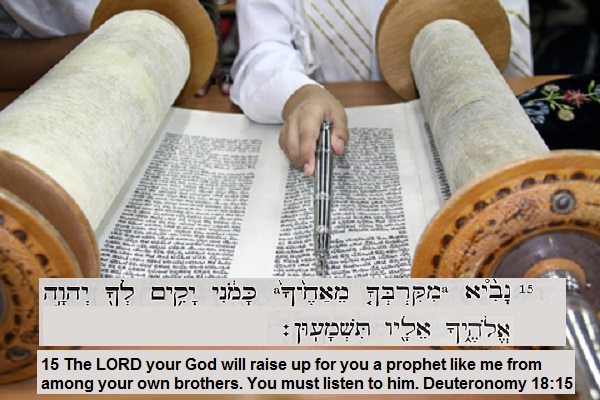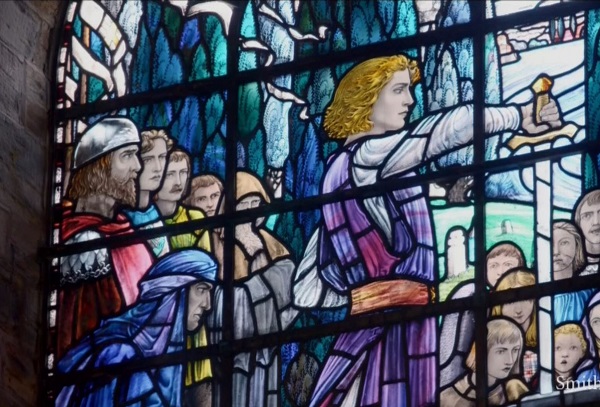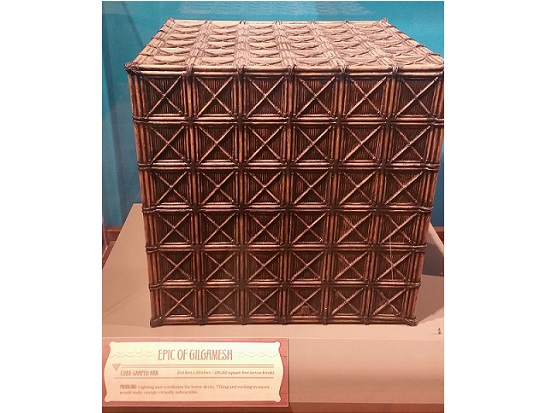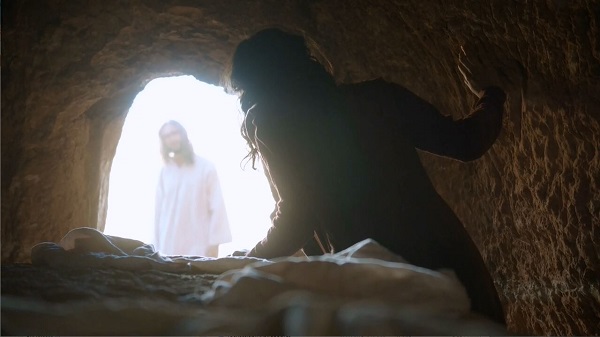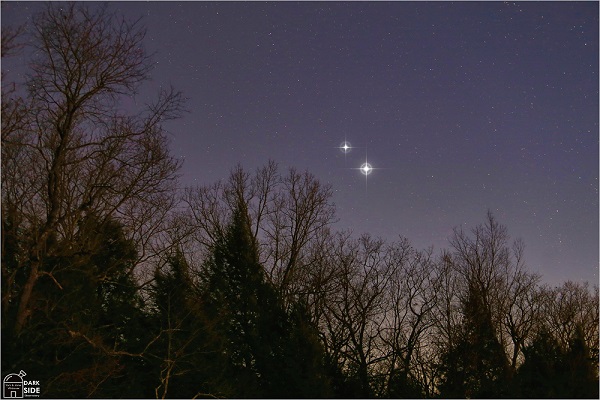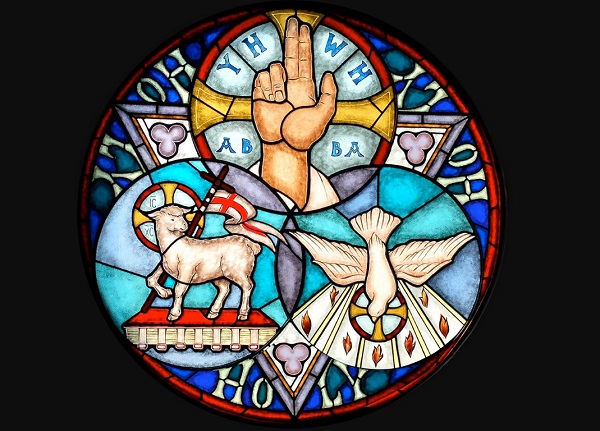
“The Culture war that is a proxy war to the spiritual war.”
This is a recurring phrase in the below video of Seth Gruber giving a powerful pro-life message and explaining The White Rose Resistance. Gruber uses that recurring refrain (viewable, for example, at 26:42, 35:56, 1:05:11 among others) to describe how Satan’s strategy for deceiving people into killing babies has not changed over the millennia. And it got me to thinking of other proxy wars. Continue Reading

